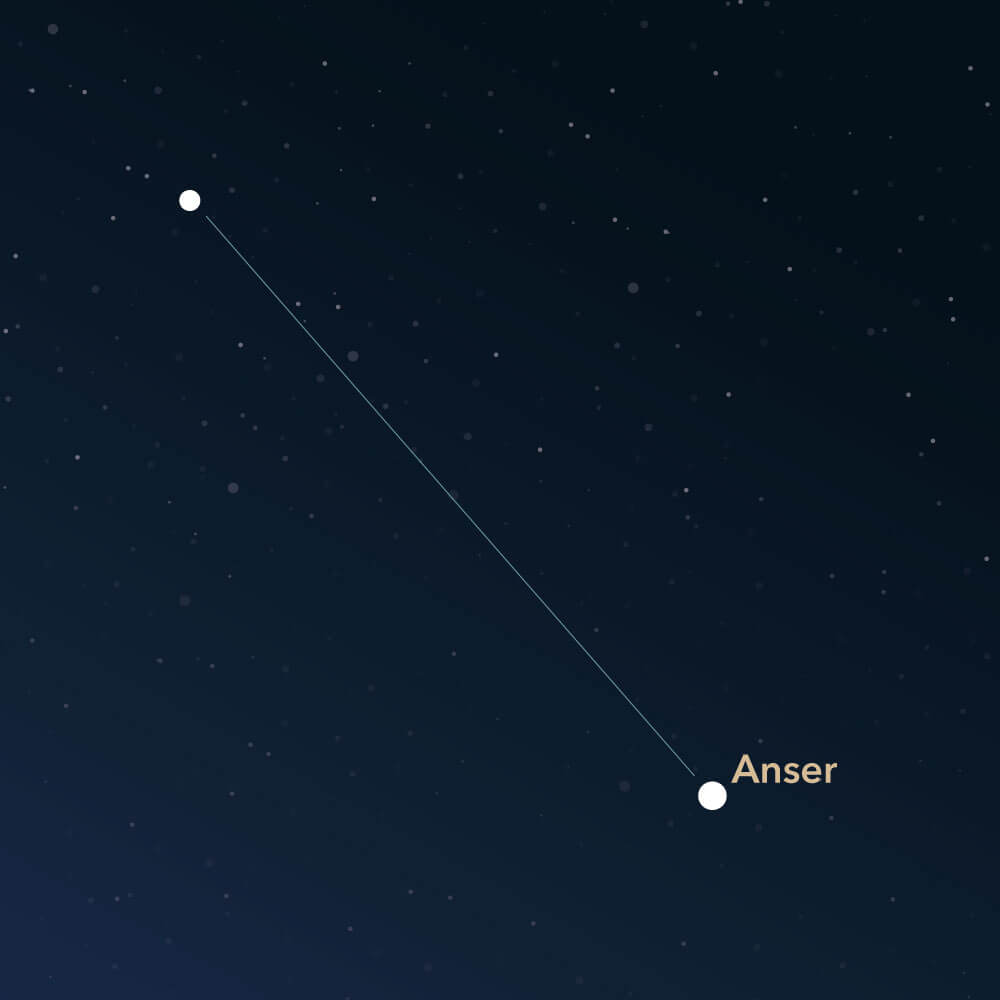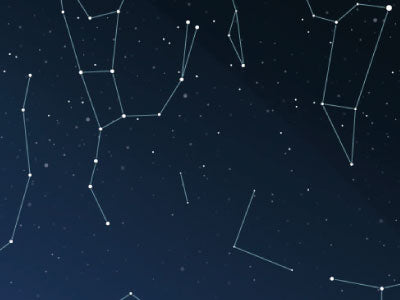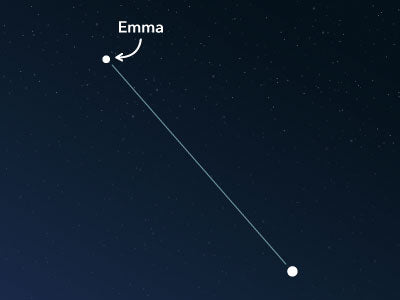The constellation Vulpecula
Características
- Nome latino
- Vulpecula
- Hemisfério
- Hemisfério Norte
- Visibilidade
- July - September
- Área
- 268 deg²
- Estrela mais brilhante
- Anser (HIP number 95771)
- Especialidades
- Open star clusters, planetary nebulae, emissions nebulae, galaxies

The Vulpecula, Latin for The Little Fox, is an inconspicuous constellation of the northern hemisphere. It is located in the middle of the Milky Way and therefore contains some exciting deep-sky objects.
Hemisphere, visibility, and area
The constellation Vulpecula lies in the northern sky and can be observed from all northern hemisphere regions. South of the equator, it is visible until deep in the south. Only from the Antarctic and from slightly more northern locations can it not be seen. The best months for observation are from July to September.
It has an area of about 268 square degrees, making it the 55th largest compared to the other 88 constellations.
The Vulpecula is depicted differently. In many visualizations, only two stars are connected to form a line. In other images, about five stars are connected, making a zigzag line.
Finding the constellation in the night sky is not easy, as none of its stars are brighter than the fourth magnitude. The brightest star is Anser (Latin: α Vulpeculae, Alpha Vulpeculae), also known as Lukida Anseris. It is a red giant star with a diameter 40 times larger than our sun. Anser is approximately 300 light-years away and has an apparent magnitude of about 4.45.
To locate the Vulpecula in the night sky, it is worth looking for neighboring constellations. To the north are the constellations of Cygnus and Lyra, while to the south, there are the Sagitta and Delphinus. To the west lies the Pegasus, and to the east is the Hercules.
Specialties in the constellation
The Milky Way runs through the area of the Vulpecula constellation, providing not only many stars but also interesting objects.
One of the most famous planetary nebulae is located in this constellation. It is known as the Dumbbell Nebula or M27 (Messier 27) and was discovered by the French astronomer Charles Messier in 1764.
About 10,000 years ago, the nebula was formed when a red giant star shed its outer layers. These layers now make up the planetary nebula and still contain a faint central star. The nebula itself has an apparent magnitude of about 7.5 and can be observed with a telescope. The central star is difficult to discern. The distance of the Dumbbell Nebula to earth is estimated to be about 1,300 light-years.

In addition, there are several open star clusters in the Vulpecula, including NGC 6823 with an apparent magnitude of 7.1. The age of this cluster is estimated to be two million years.
Stock 1 is another open star cluster. It has an apparent magnitude of about 5.3 and can be seen with a telescope. It consists of about 40 individual stars located 1,000 light-years away.
Collinder 399, also known as the Coathanger Cluster or Brocchi's Cluster, is not an actual star cluster. It is simply a chance alignment of brighter stars at different distances, also known as an asterism.
In addition to these objects, the constellation also contains a pulsar, a rapidly rotating neutron star. It was first discovered in 1967 by two British radio astronomers.
There are also some galaxies in the constellation, but they are not exceptionally bright and can only be observed with large telescopes.
Mythology
Although the Vulpecula was only recognized in the 17th century, it is a figure in Greek mythology. The constellation was initially introduced under the name "Vulpecula cum ansere" (English: Little Fox with the Goose). However, the Goose is no longer recognized as a separate constellation.
In mythology, the Fox is associated with Lailaps, the fastest dog of his time. The Fox caused mischief on the island of Thebes and could never be caught due to a divine curse. So, Lailaps was set upon the Fox, which he tirelessly chased. Eventually, Zeus put an end to the hopeless pursuit and placed both of them in the sky.
PublicadoLeia mais artigos interessantes

An overview of all 88 constellations
Learn more about all 88 constellations and read interesting information about the mythology, visibility, and features.

Aplicativo Planetário
Descubra o céu noturno com nosso aplicativo de planetário!
Disponível para iOS e Android.

Nomeie uma estrela na constelação Little Fox
Name a star in a constellation and create something that lasts for eternity.